Hello reader,
I can feel the humidity in the cool, morning air. I can feel it in my toes. I am back in Kolkata after a year.
I am tempted to say I am home, but does that mean Vancouver is not home? Can multiple places be home? In this life of mine, the roots, the nerves, and the heartstrings stretch across cities and continents and oceans. Entire worlds. So I would like to believe it is possible.
In today’s post, my (extended) answers to last week’s Q&A on Instagram.
The SneakyArt Post is a publication of secretly drawn art of the world, and the best ideas from my journey as an artist and writer. If you like what I do, bring SneakyArt to one more inbox.
📲 The Best Questions this Week
With recent Instagram growth, I feel obliged to periodically re-introduce myself to new followers. After all, the algorithms are fickle, and you never know when the Eye of Zuck will turn away from you.
I get a lot of boring questions - Which pen? Which sketchbook? How did you learn? Can you teach? - but also some that prompt deep thought.
Most children make art until the moment they “grow up”. The BS of adulthood, in this instance, is the idea that we must only do things that are “useful”. By useful, what is typically meant is something that makes us look good, something that we are good at doing, and that has a measurable (usually, monetary) impact on our lives.
I think of this as becoming results-oriented. As you grow older, it translates to fewer chances taken. It makes your world smaller.
The idea of making art, in my life, has been the conscious and subconscious decision to be more process-oriented. To enjoy things in the doing, regardless of results. Results tend to work themselves out.
Consider how this resonates with James Clear’s advice to “forget about setting goals”. Also pair it with Ep 29 of the SneakyArt Podcast, where Koosje Koene shares the incredible results of her pivot to “doing only what is fun” during the early pandemic.
I used to be a perfectionist. I still am. But I used to be too.
I did a lot of self-harm as a perfectionist trying to make art. I would erase and re-draw in an endless loop. I would curse myself for not finding the perfect line, the perfect shape, and the perfect composition. Nothing less was acceptable.
As a result, I made fewer drawings because I did not want to make any bad drawings.
Drawing with ink was a deliberate choice - to make more lines in response to a bad line, more shapes in response to a bad shape, and more compositions in search of the perfect composition.
But I was yet to appreciate that perfection is a mirage. Making a lot of lines taught me that perfection is not only unattainable, it is also undesirable.
Another realization that came to me from wandering with a sketchbook - there is nothing unworthy of art. Beauty is in the eye of the beholder. It is the artist’s job to learn to behold their world.
Art works only when the engagement goes in both directions. The artist must engage with their world. And the world must engage with their art.
Anyone that finds tiny emotions, tiny thoughts, tiny stories, and tiny reflections in these tiny people, has made the art work. They have played a part in making something from nothing.
So I am grateful to them - as I am to you, dear reader - for paying attention to these tiny people.
I believe this is a function of our times. We are flooded with information. Our eyes and minds are saturated by images thrown at them from around the world. What we seek then is less information - something curated, something filtered, something that shows but does not tell. In my opinion, this is the function of art today.
Consider Ep 55 of the Podcast with Sunil Shinde, where we speak about the 19th-century artist David Roberts, and the enduring appeal of his work. Also listen to Ep 15 with George Butler, where we discuss how people engage with his paintings from Syrian war zones as opposed to news media on the subject.
So much, at the end of the day, is a matter of perspective. You have to believe in yourself before anyone else does. Then when everyone else does, you have to believe in yourself again.
Dear reader, I do not like answering questions. Especially on social media. Especially about my art.
It is so easy to come across as smug or condescending on social media. When I answer someone’s sincere question with “keep practicing”, am I able to communicate my empathy? Or do I come across as privileged or disconnected?
Does using more words help in Instagram’s short attention span universe? Or do they crowd each other and muddy the waters?
Meanings do not translate well across social media. Words are so bad at this one thing they are supposed to do. But I try.
I must assume I fail more often than I succeed. But I try.
This Sunday, I share with SneakyArt Insiders my opening pitch to literary agents. Also, some thoughts about doing a Kickstarter.
To grab a front-row seat to all the things I do, to get a backstage pass to this journey, become a SneakyArt Insider.
I will see you next week with SneakyArt from Kolkata, a home of mine. Thank you for your time and attention.





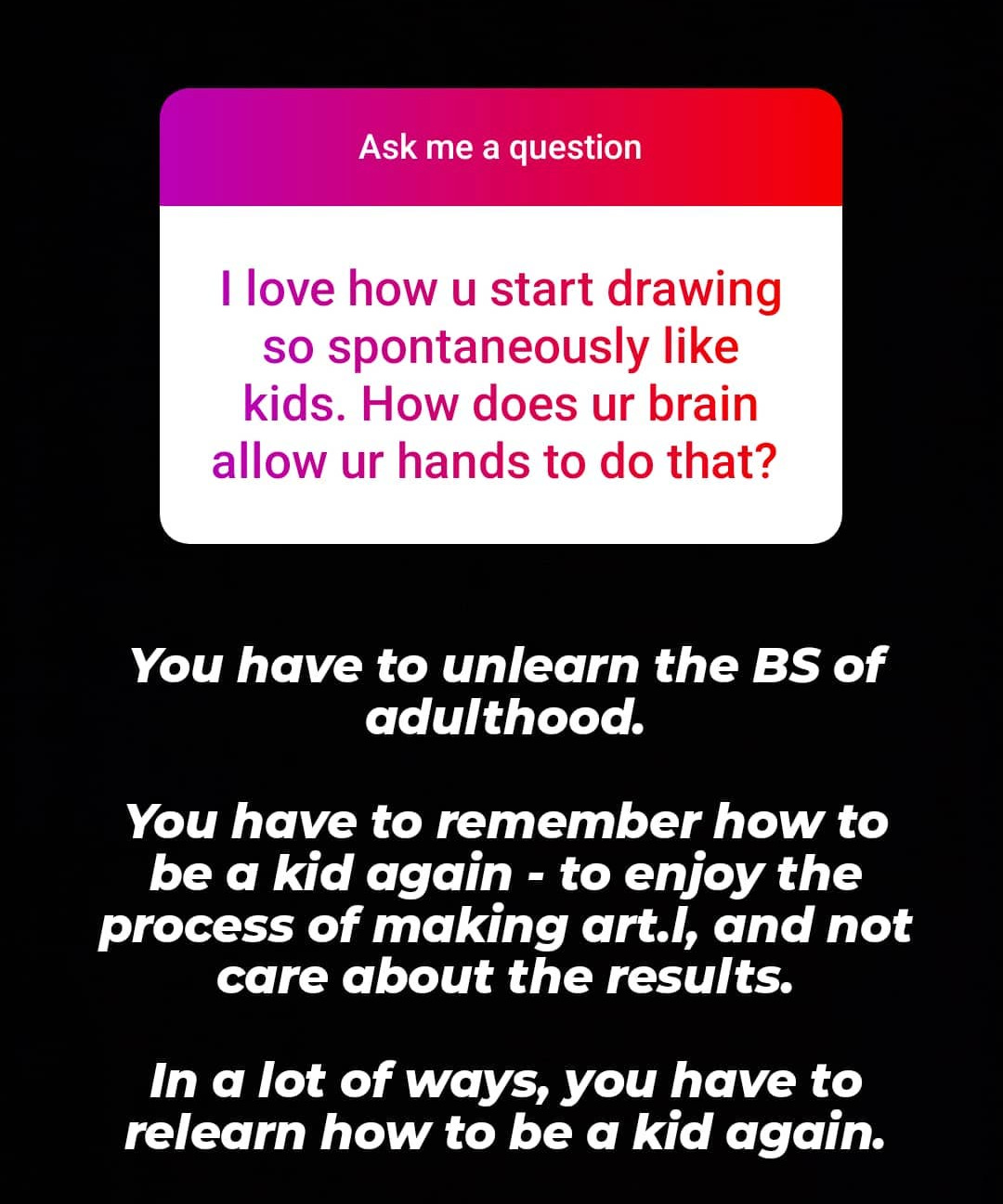
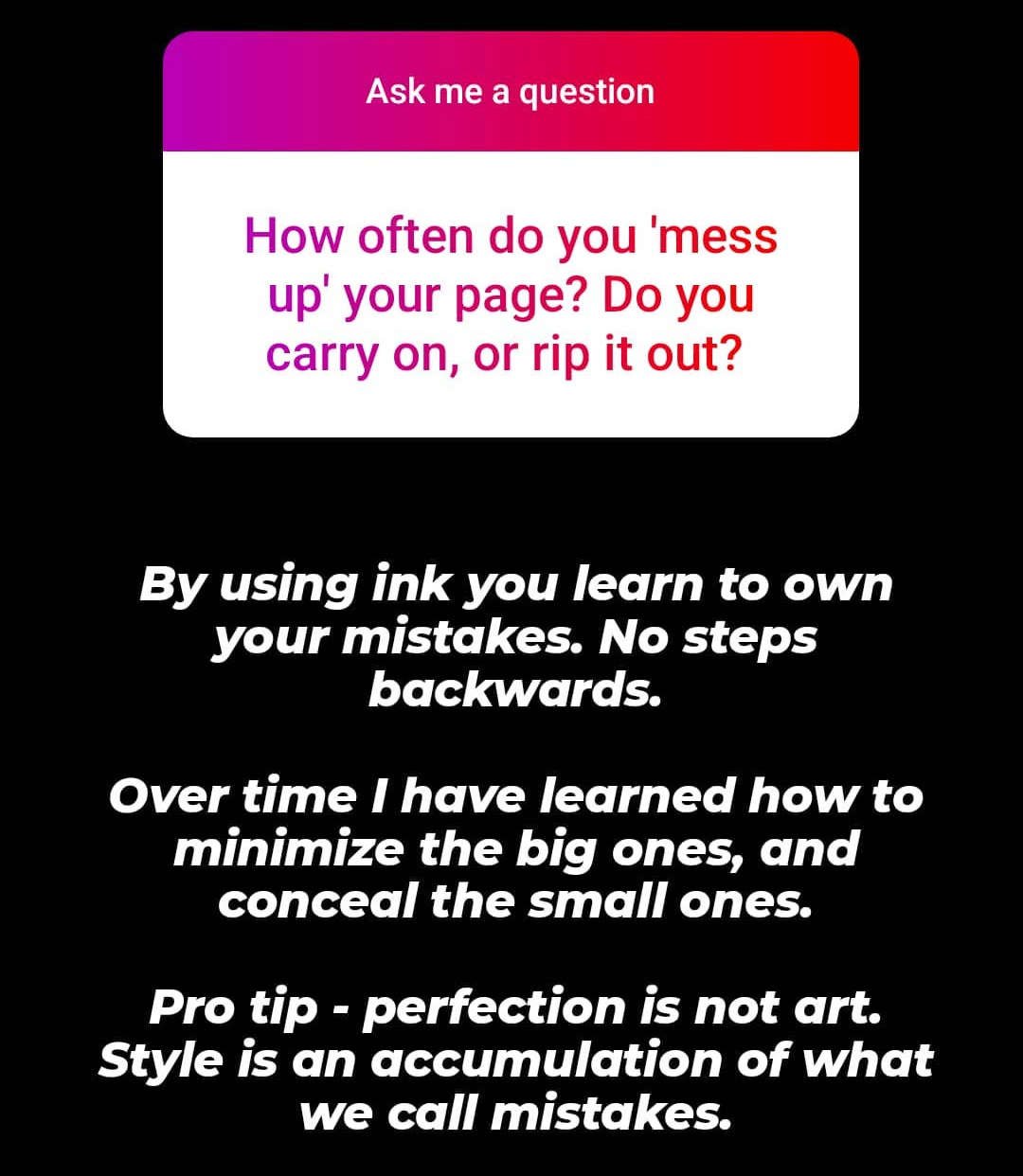
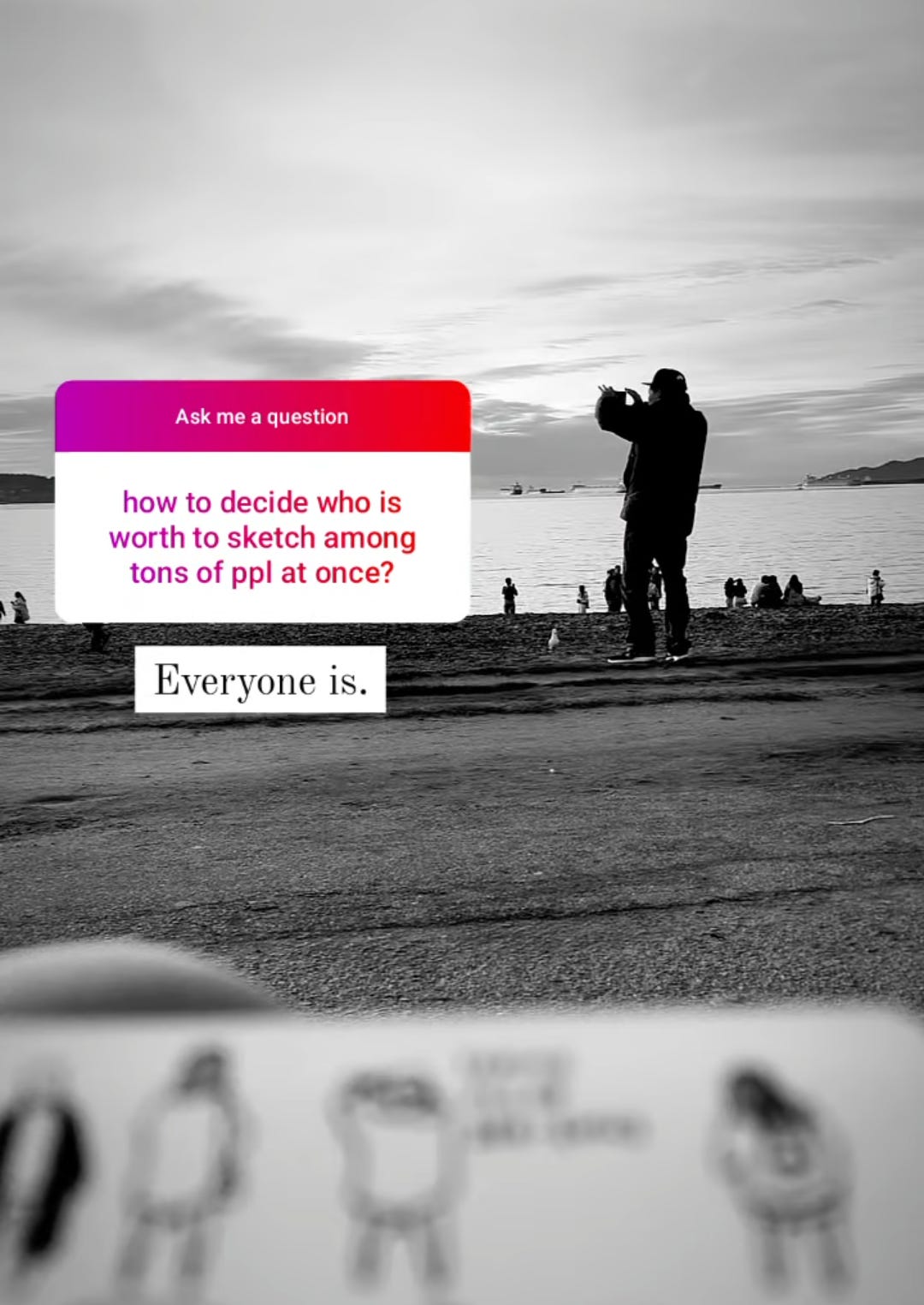
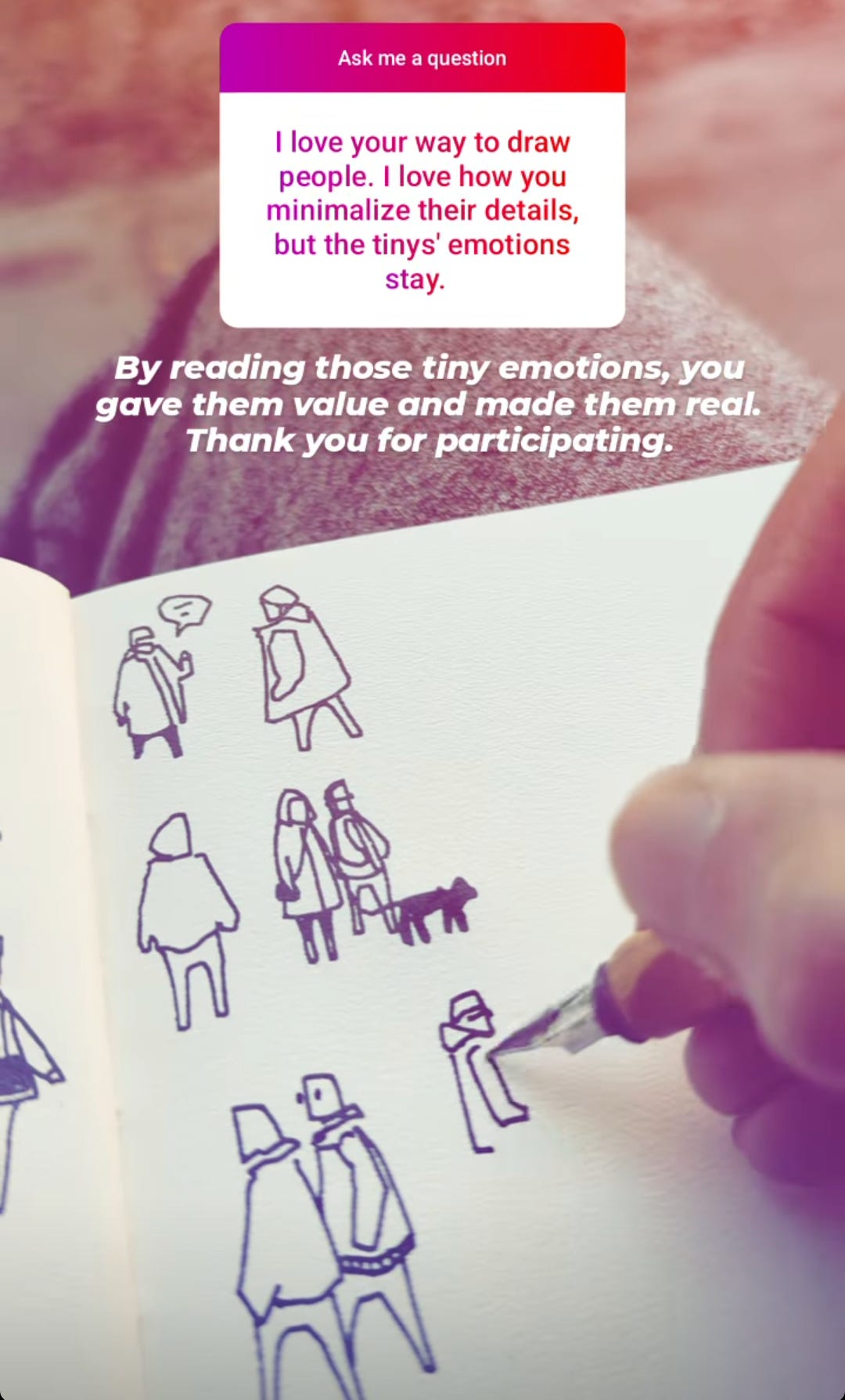
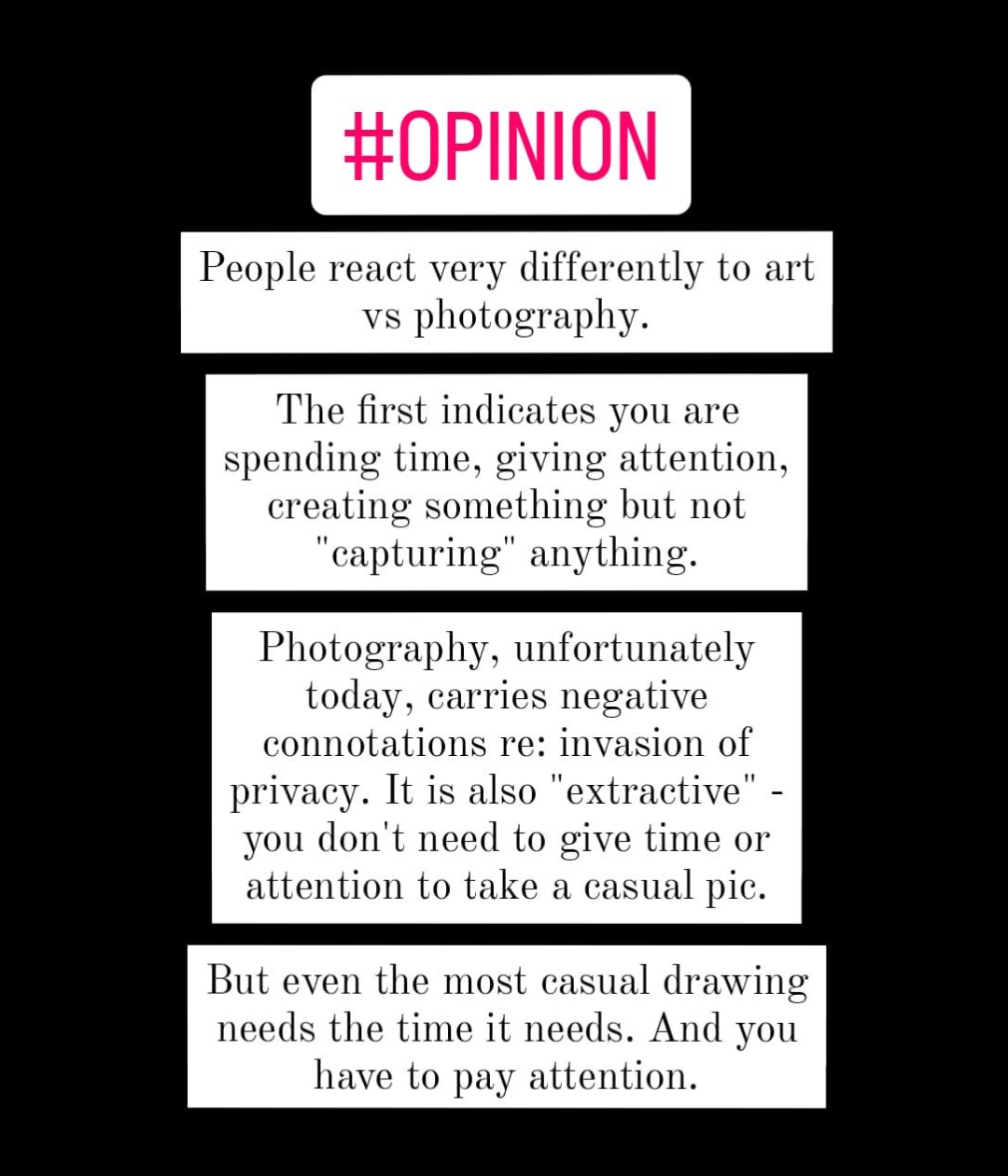
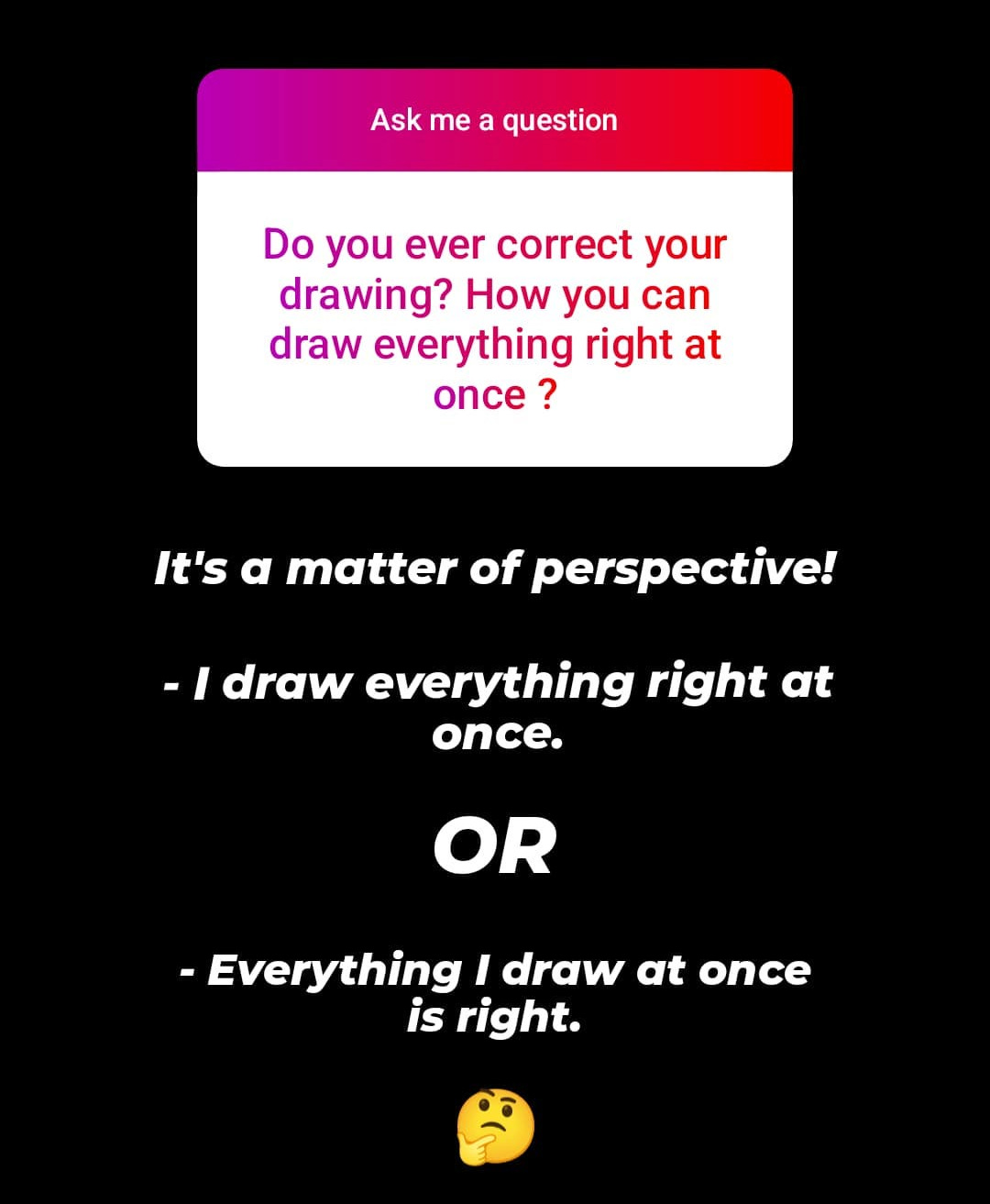

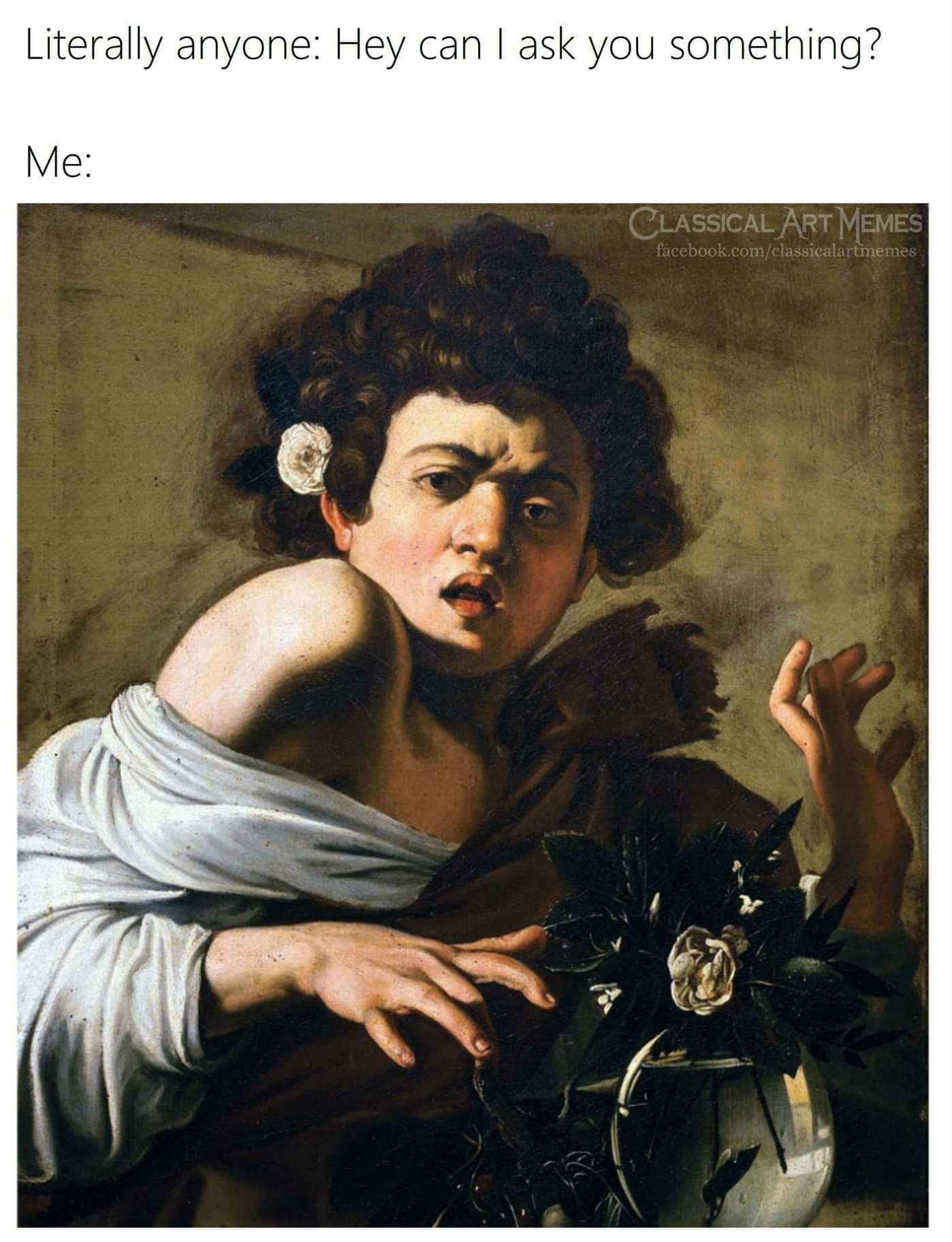

Wonderful post. I needed this one: "I think of this as becoming results-oriented. As you grow older, it translates to fewer chances taken. It makes your world smaller." I'm practicing drawing for 15 minutes a day everyday and I'm loving it even if my drawing of a baby prompted my daughter to ask me if it was a turtle :)
In your #opinion, you create a sharp distinction between photography and art. I disagree. Your criticism of photography has been lobbed at it since the technology was invented. Just because photography is even easier today than it was in the past doesn't mean it isn't art. Perhaps it's better to see the casual photos we all take as the equivalent of doodling, containing the beginnings of art and needing only practice and time to grow into something truly valuable to the maker and the wider world.